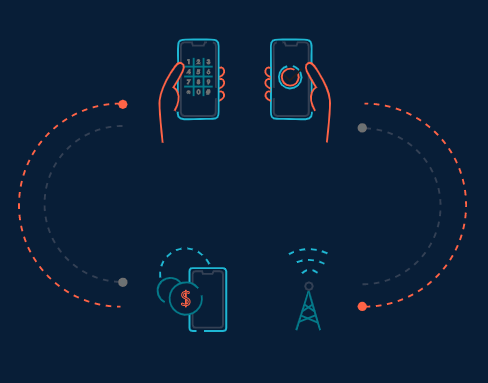Preferred platforms for integrating our API Learn about the best practises we recommend regarding environments Irene Paez
Reloadly APIs are primarily developed to support a B2B business model. Keeping this in mind, a B2B customer of Reloadly would attempt to integrate with Reloadly APIs from some business application.
The integration approach with Reloadly APIs would depend on your delivery channel (e.g. Mobile Apps, Browser based Apps, Headless APIs, or some form of SDK) and system architecture.

Consider for example, a Mobile App based delivery channel where airtime, gift cards are being sold, and you don't intend (for any reasons whatsoever) to have backend APIs for your mobile app. In that case, you would like to use our SDKs, either iOS or Java (for Android). This will be the easiest integration path for you.
Another scenario could be the delivery of your services and products via the Web Channel, where you have browser based web sites. The easiest form of integration would be the Reloadly widget. However if you want have greater control over the user experience, you would typically like to integrate using our SDKs. If you have your web app designed using modern SPA (Single Page App) technologies like Angular or React you might consider the NodeJS SDK.

Based on your application architecture, you would choose either managing the calls to Reloadly from your front end or route the requests to your backend.
When you integrate with Reloadly from your backend runtimes, e.g. a Java Spring Boot App, a .NET backend app or a Go backend, you would again use the relevant SDKs for your programming languages of choice. This would be the recommended approach in most cases.
There's no single preferred way to integrate with Reloadly; it depends on your technology landscape, use case and application architecture. That is why we provide you multiple integration paths and flexible SDKs to integrate with us.
While we would generally discourage you to consume the API endpoints directly by making raw HTTP calls (its way too much work which you can easily avoid by using the SDKs) you still have the flexibility to do that. This route is the least preferred and requires you to manage all security requirements, tokens, token expiry handling etc. by yourself.
Read on to see the benefits of using our SDKs.
Did this answer your question?.png?height=120&name=Group%202136%20(1).png)